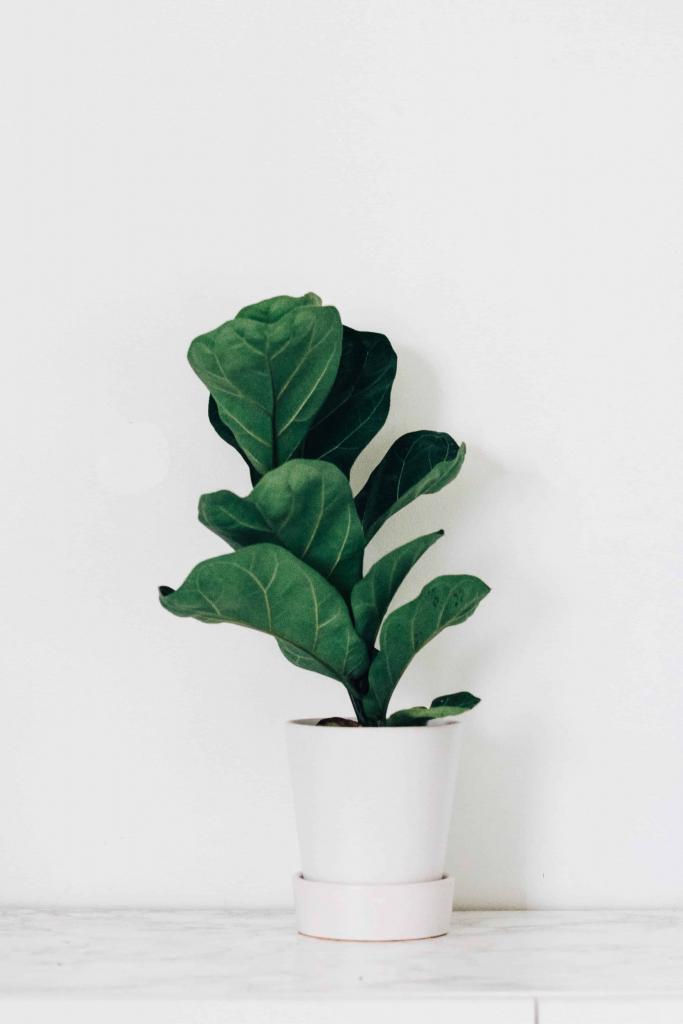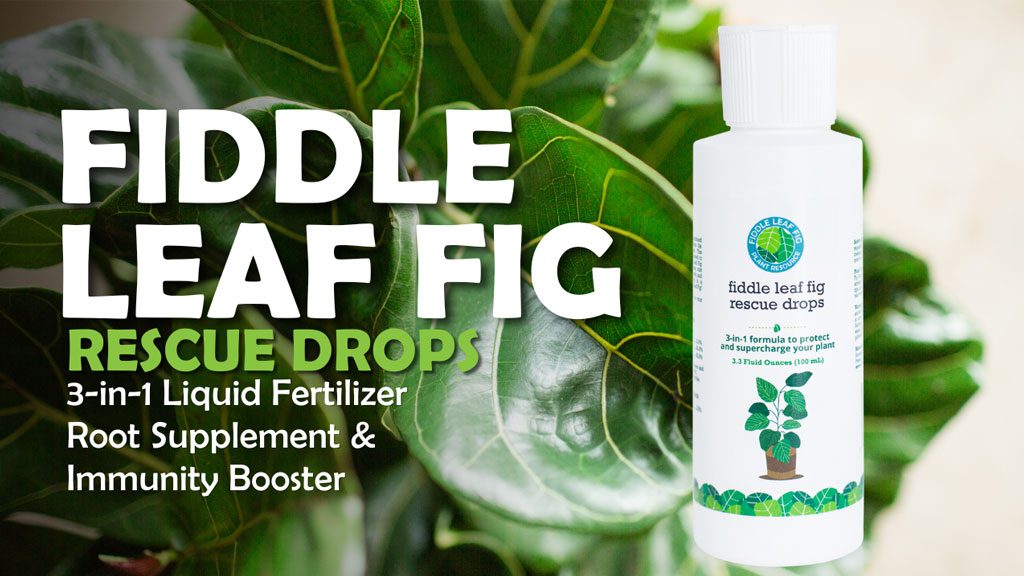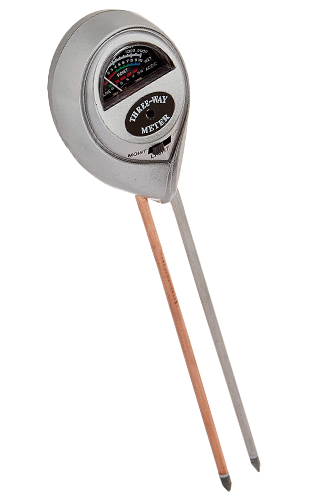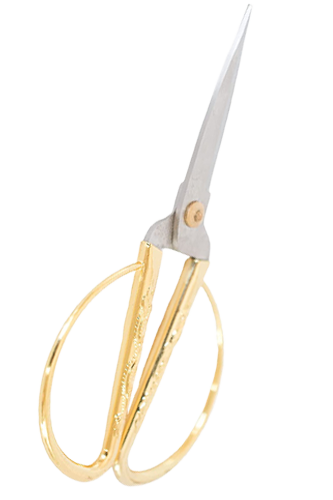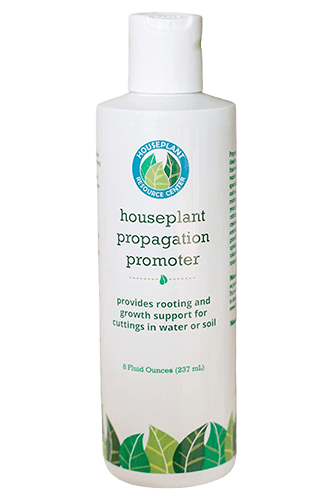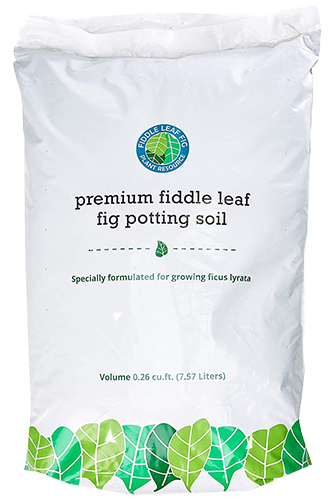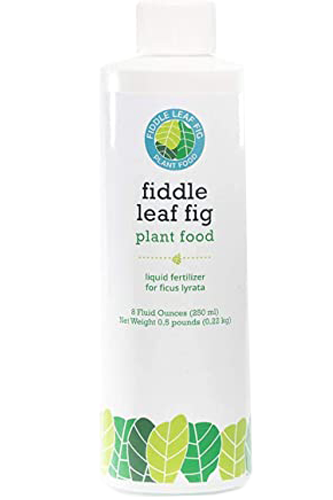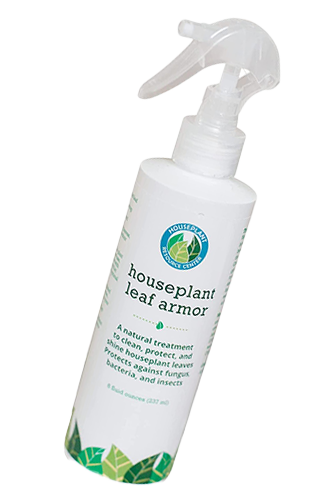To Repot a Fiddle Leaf Fig or Not: Is It Worth the Root Shock to Your Fiddle Leaf Fig?
One of the most common questions to plague fiddle leaf fig owners is when to repot a fiddle leaf fig and when to let your tree be.
The first rule of fiddle leaf fig care is that these trees don’t like change.
They like to settle into a routine and location where they can grow and thrive, and any disruption to their preferred routine and environment carries the risk of shock, often followed by droopiness and leaf drop.
But sometimes, our poor fiddles face larger threats than root shock. The rule of thumb is to repot a fiddle leaf fig only when NOT repotting would be more dangerous.
Of course, it’s hard to tell when that’s the case.
We’ll discuss when to repot a fiddle leaf fig and when should you just leave your tree alone?
When to Repot a Fiddle Leaf Fig…and When to NOT
Green Light: Repot a Fiddle Leaf Fig
Your Tree has Outgrown Its Pot
If it’s been a year or so since upgrading your tree’s pot, if you see soil pulling away from the edges of the pot, or if you notice roots popping out the top or bottom, it’s time for a new pot.
The good news is, a growing tree is a healthy tree, so your fiddle should be strong enough to make the transition with no more negative consequence than a little temporary droopiness and a dropped leaf or two.
Animal Accidents
We love our furry friends, but sometimes they can mistake our fiddle’s pot for a bathroom! In this case, the chemicals in the animal’s urine pose a serious risk to the roots. The best mode of action is to repot a fiddle leaf fig right away, rinsing as much of the contaminated soil out of the root ball as possible. In the future, try covering the surface of the soil with pebbles to deter pets.
Bacterial Infection
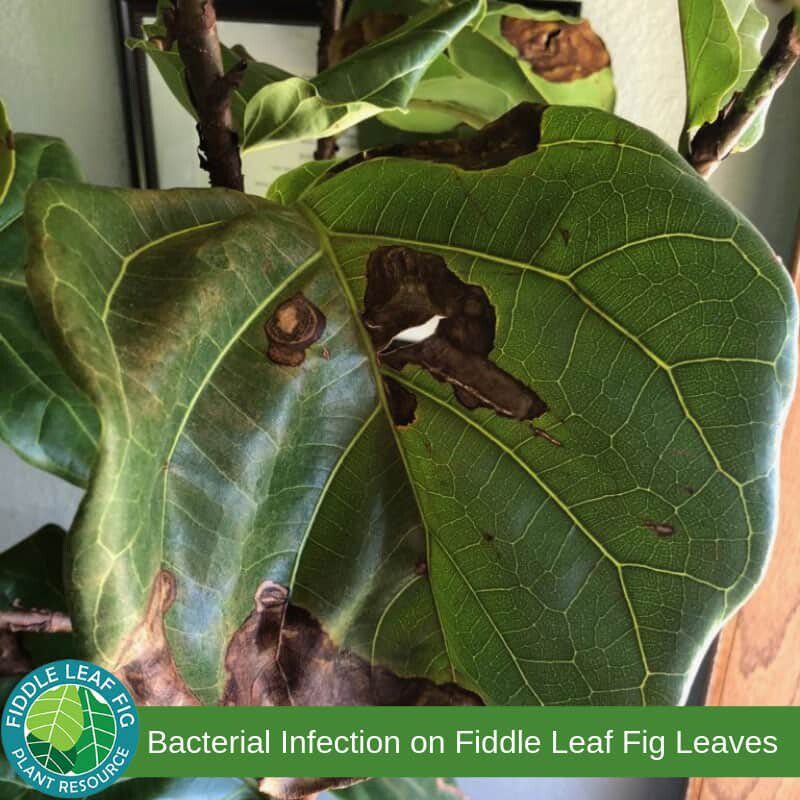
Classic bacterial leaf spot on a fiddle leaf fig, with multiple spots throughout each leaf.
You don’t want to mess with a bacterial infection, because it spreads quickly and can kill your plant. Start by removing all the affected leaves (which can shock the tree in itself) and placing in a spot with excellent light.
If you notice more spotting, repot the tree. Your tree’s chances are 50/50 at this point, so it’s well worth the risk to repot.
Learn more about preventing and treating bacterial infections here.
Yellow Light: Repot…maybe
Root Rot
Root rot is a FLF owner’s worst nightmare! Root rot can do our trees in, but sometimes a tree can recover without being repotted.
If your pot has good drainage and you simply overwatered, your plant might be able to recover with good light, root rot treatment, and a chance to dry out.
If the spotting isn’t doesn’t continue or isn’t severe, you probably don’t need to repot. If the spots get worse despite treatment, it’s time to repot.
If your pot has poor drainage, your tree is unlikely to dry out before root rot takes hold, and the problem is likely to continue. Your tree will be better off in a new, well-draining pot and a fresh start.
If you do have a case of root rot on your hands, here’s some required reading:
Diagnosing and Treating Root Rot
How to Treat and Prevent Root Rot
Everything You Need to Know About Root Rot in Fiddle Leaf Figs
When You First Bring it Home
This is a tricky one, because…it depends. Read on for more tips about when to repot a fiddle leaf fig
Not all nursery pots are created equal, so sometimes you may want to repot your fiddle when you bring it home.
In general, it’s best to leave your fiddle in the nursery pot for the first month or so while it adjusts to its new environment. Moving from a nursery to your home is a big change, so you don’t want to add root shock to that if you don’t have to. Let it settle in for a month or so, then repot if it seems healthy.
However, make sure to keep a very close eye on the moisture level of the soil. Many nursery pots, especially those from big chain stores (we’re looking at you, Home Depot), are designed to keep the roots very dry with extreme drainage so they can be watered every day, and this can be a problem when you bring them home.
If your soil dries out extremely quickly or doesn’t drain from the nursery pot, go ahead and repot.
Fungus
If you see fungus or mushrooms growing on the surface of your soil, try removing them first with a spoon. Then, sprinkle cinnamon (which is naturally antifungal) around the soil, make sure your plant gets enough light, and avoid overwatering. Only repot the tree if you notice brown spots or if the fungus quickly comes back.
Learn more about treating fungus here.
Red Light: Do NOT Repot!
These issues don’t require repotting, but we have other articles that can help!
We hope that clears up confusion about when to repot a fiddle leaf fig and when not to. Your fiddle will thank you!
If you DO decide that repotting is the way to go, this article will show you how.
Join our Fiddle Leaf Fig Community on Facebook for more information and support.

